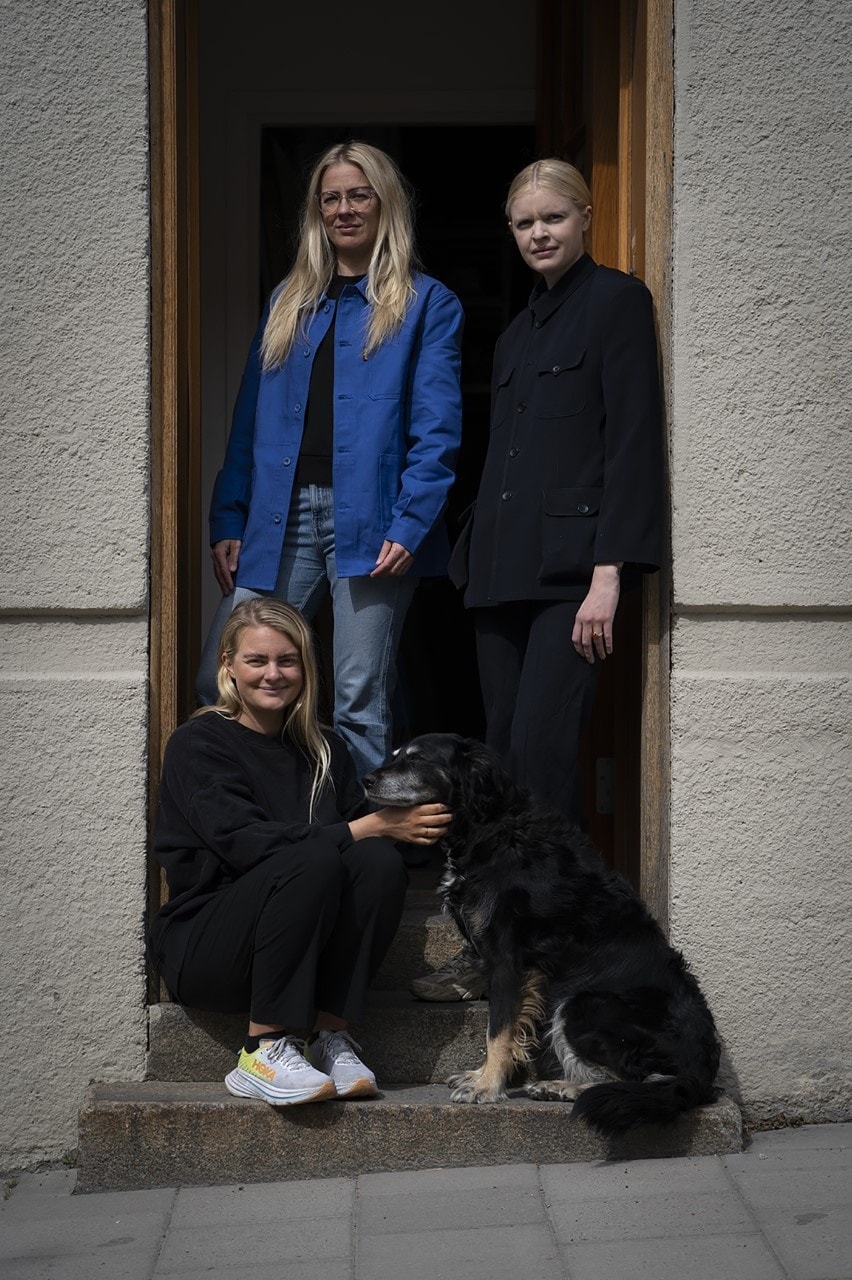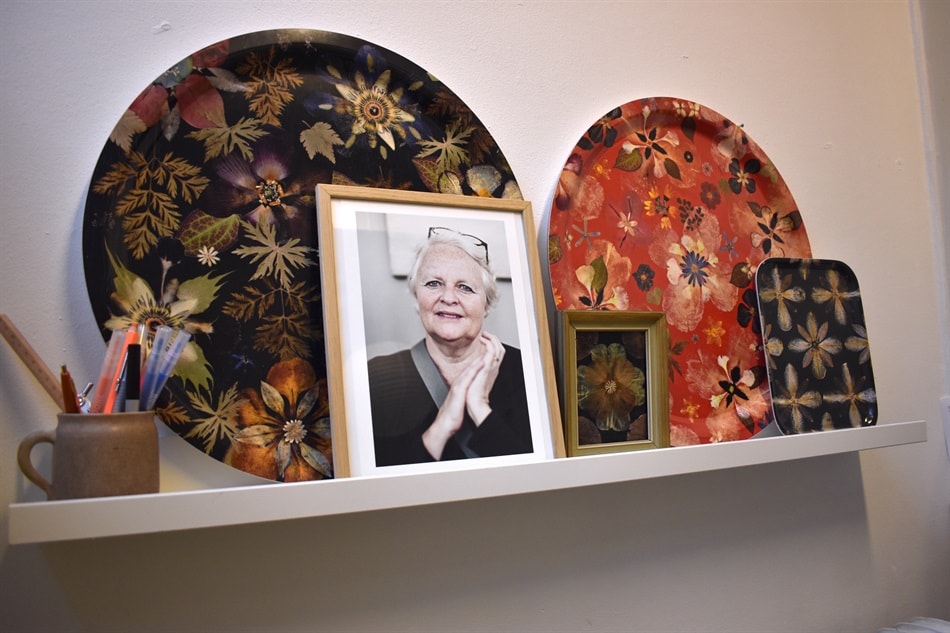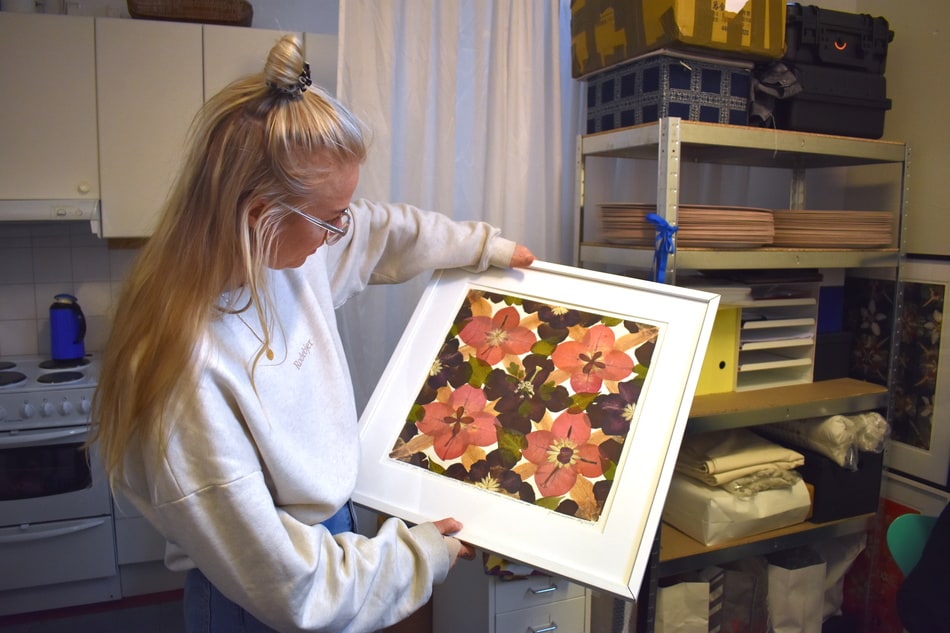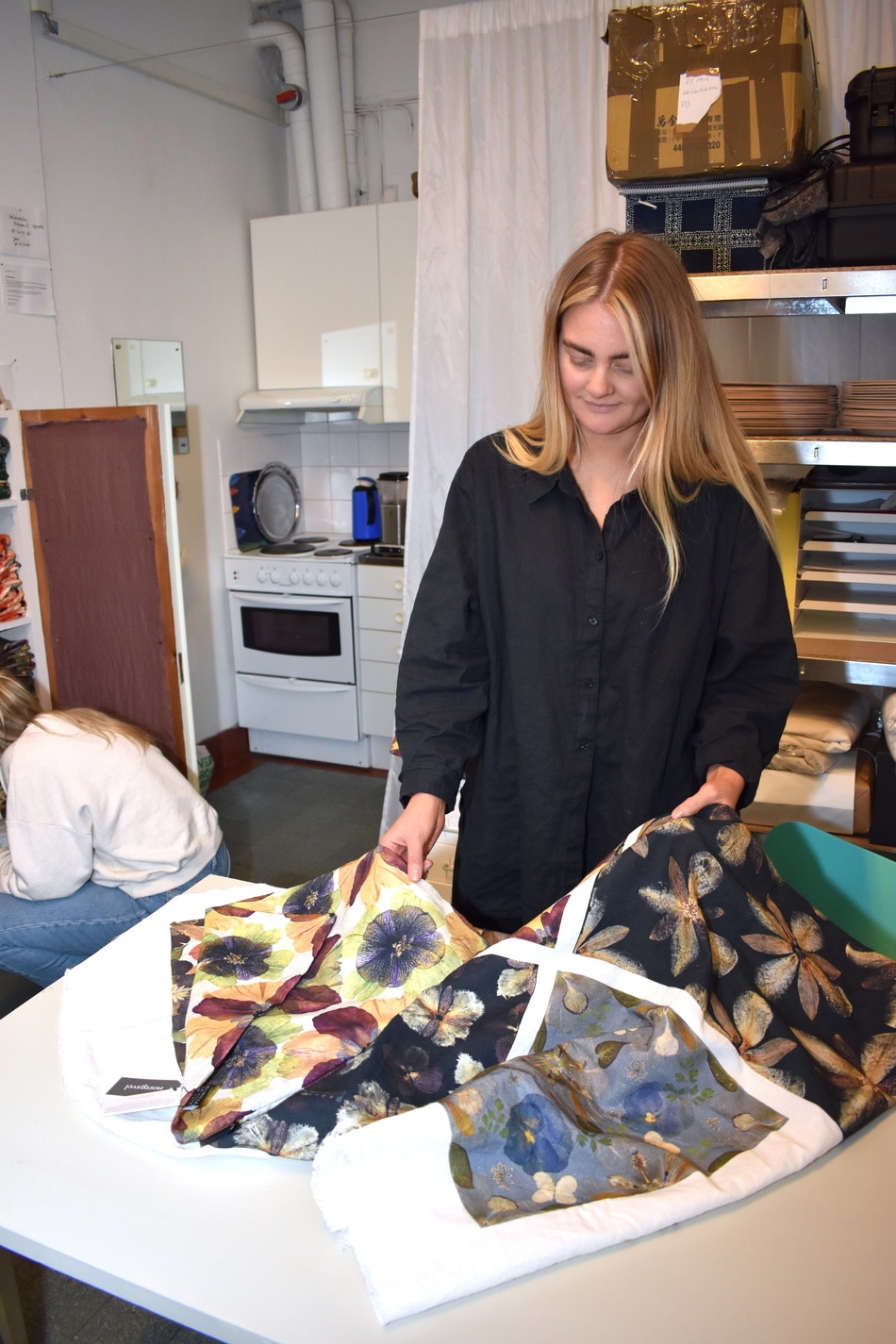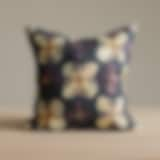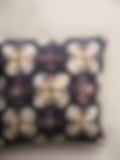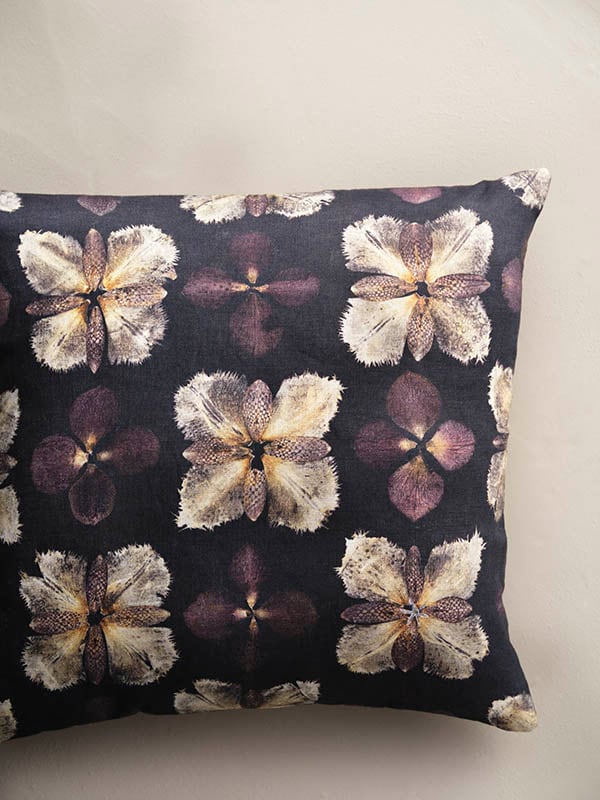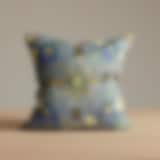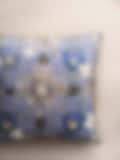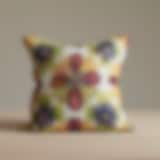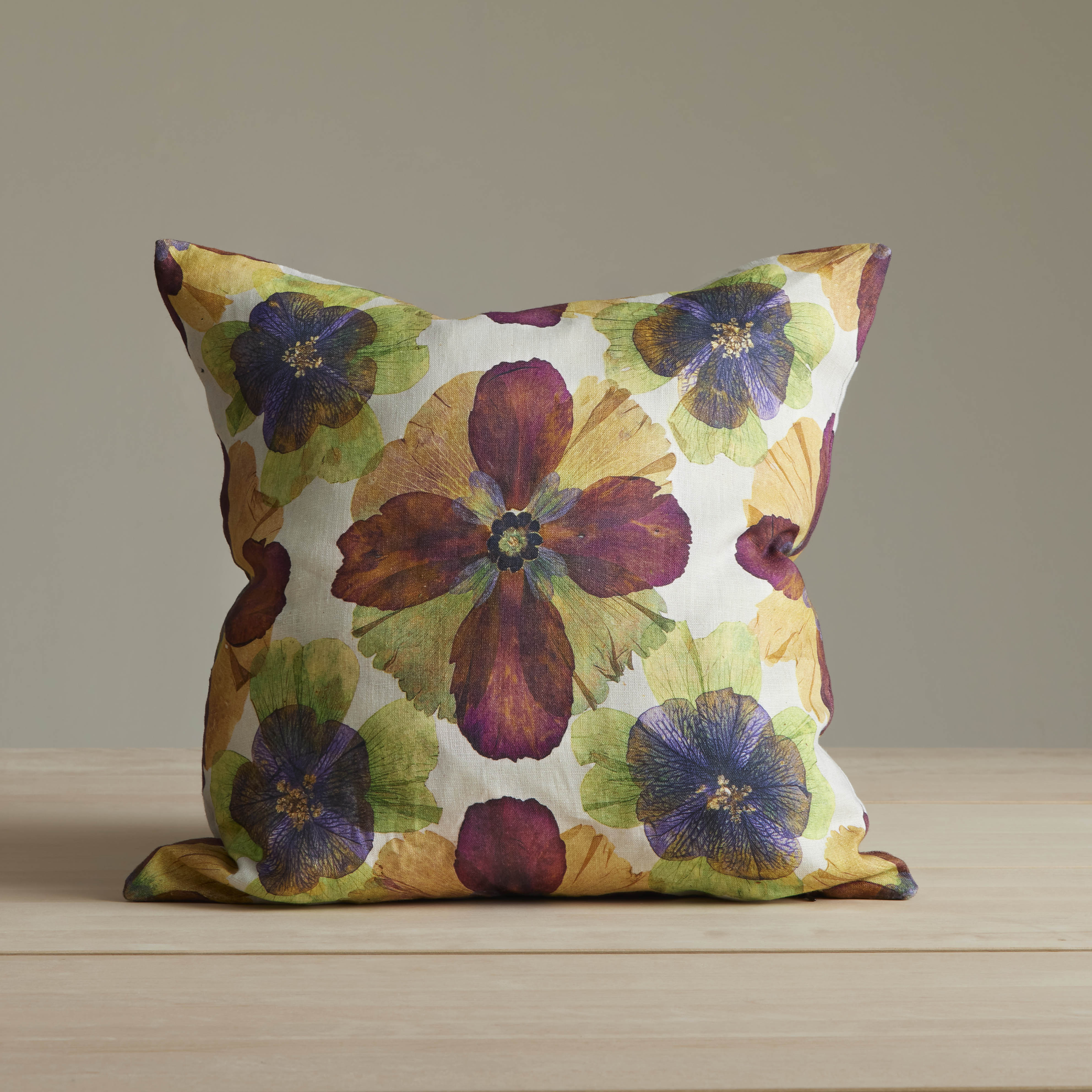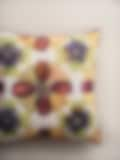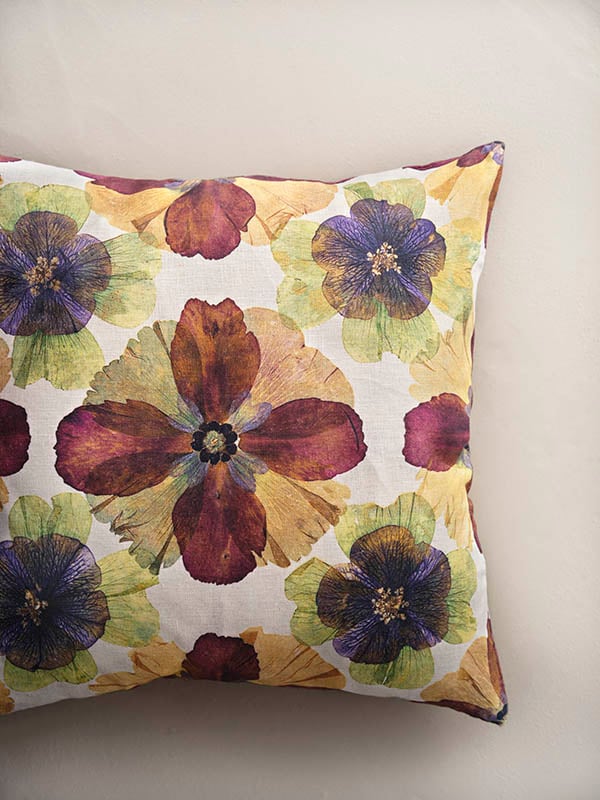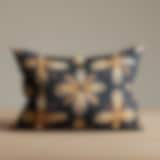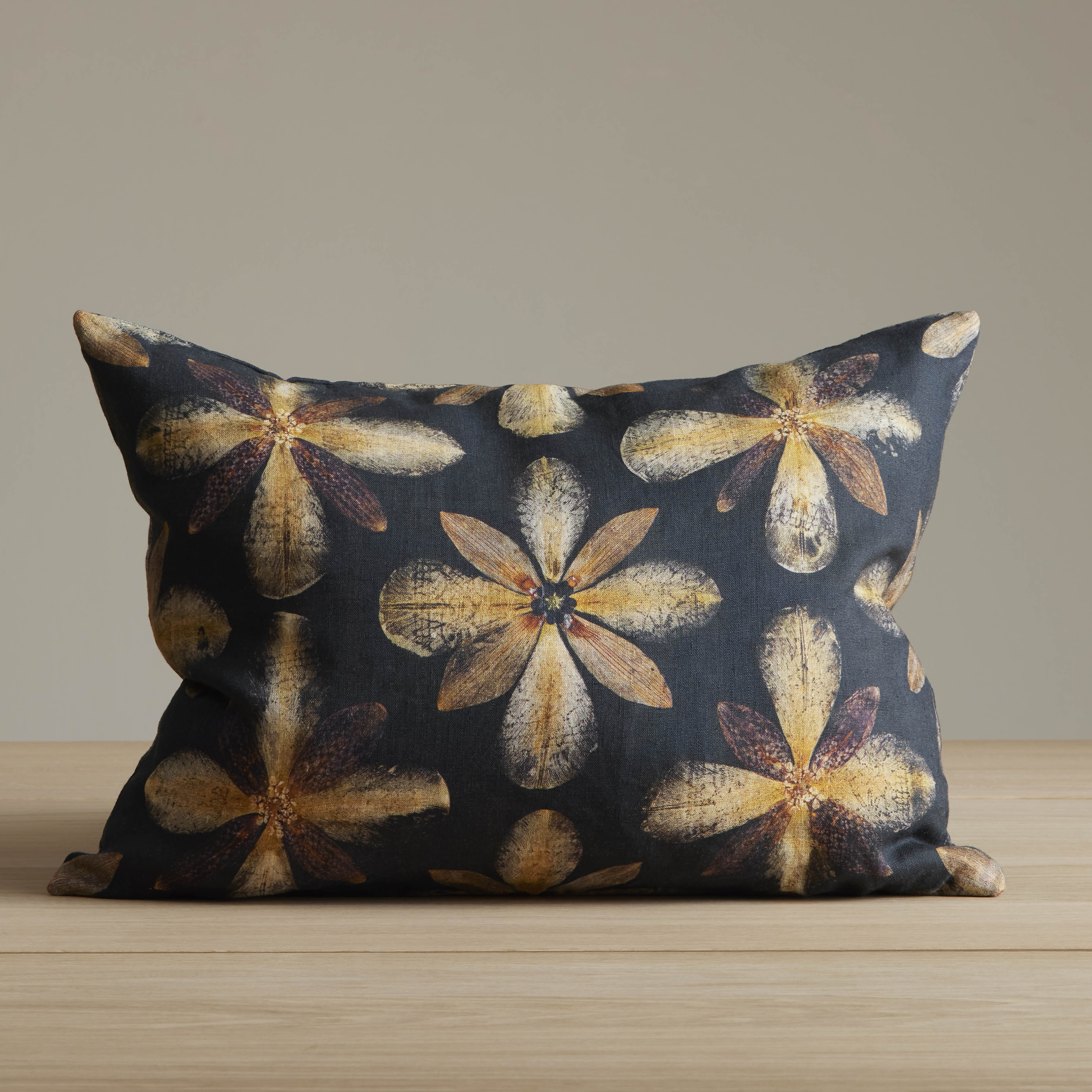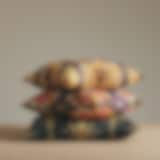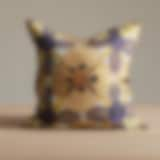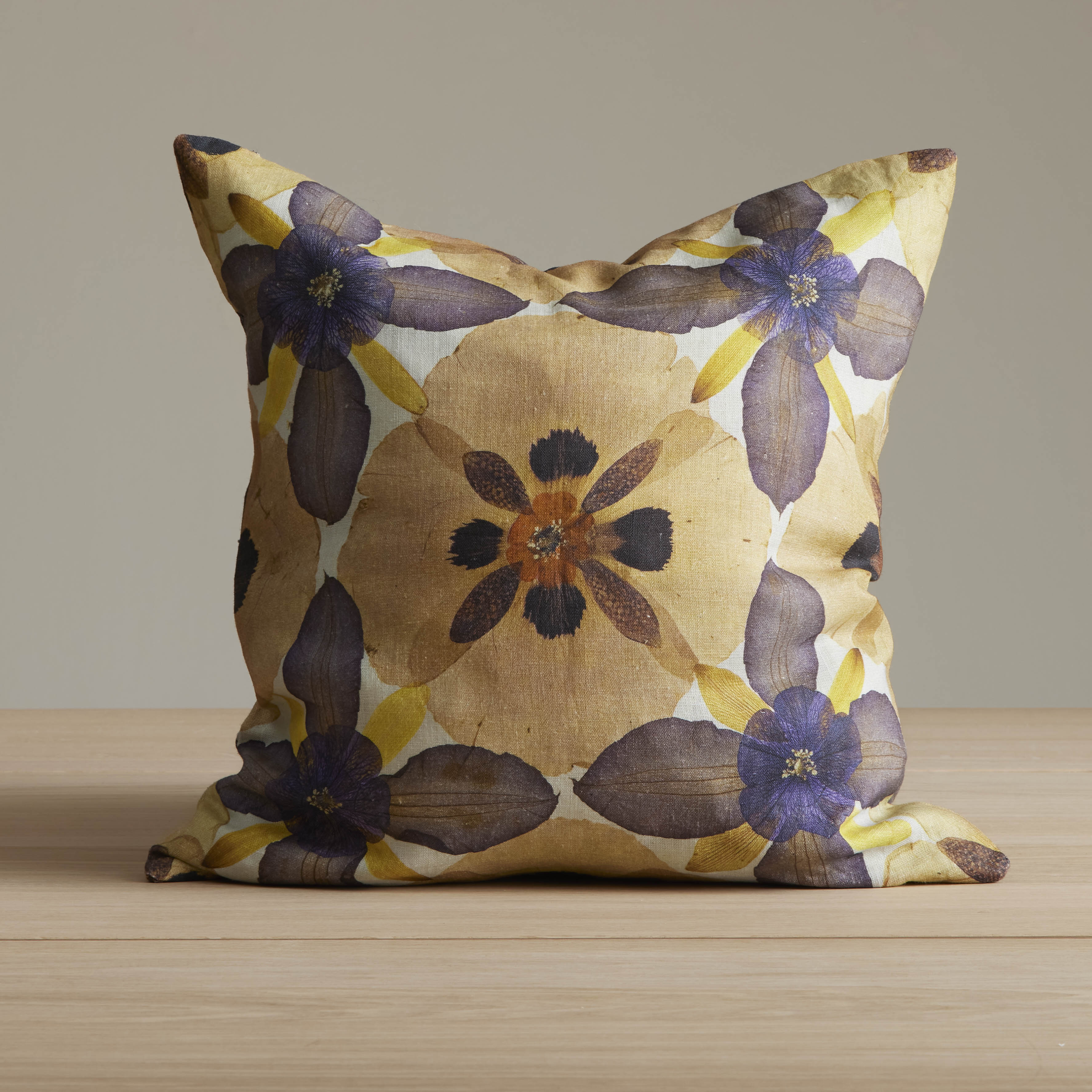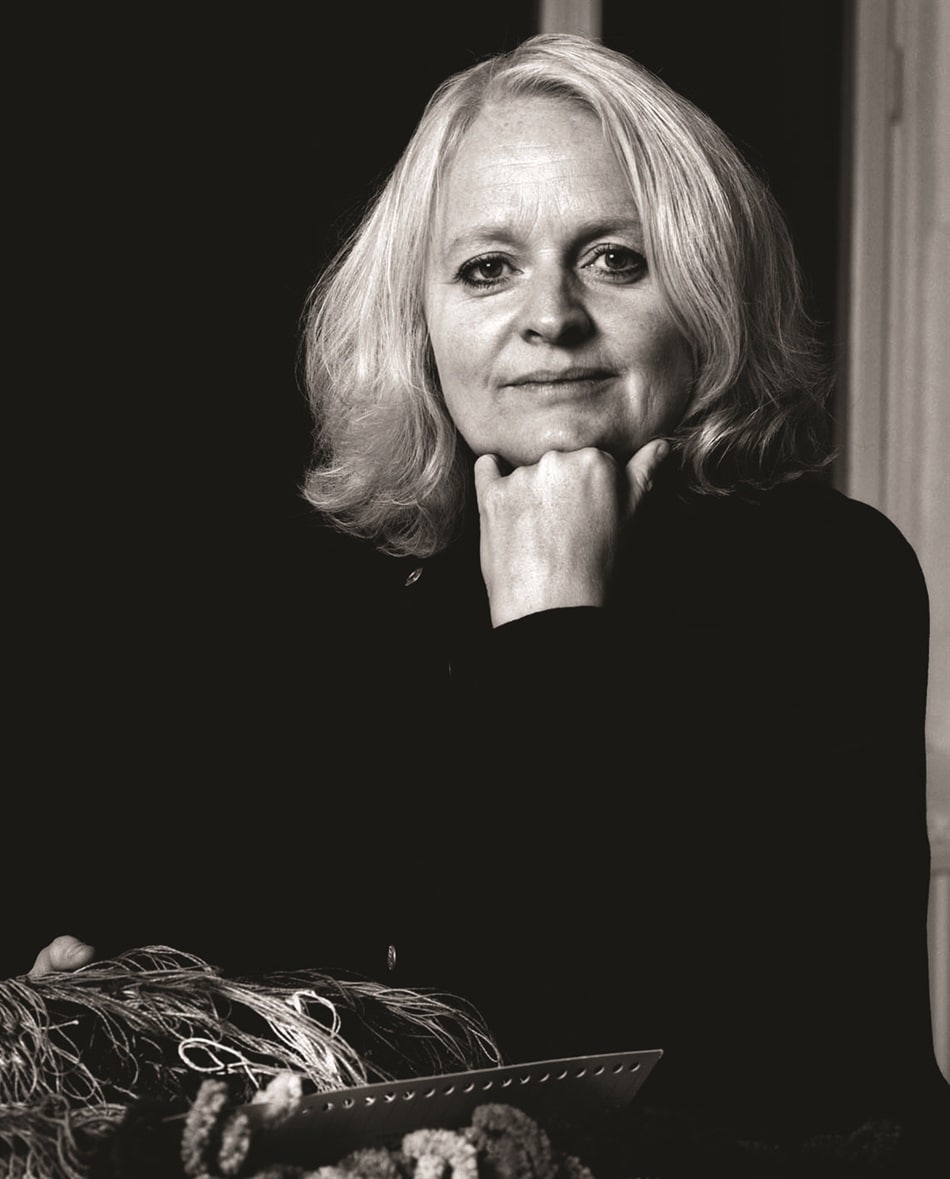The Herbarium series was exhibited at Rosendal Gardens in the summer of 2014, a well-attended collective exhibition together with the glass and textile artist Gunnel Sahlin, who was also a close friend of Gunilla's. It was not the original works that were exhibited, but scanned and printed graphic sheets of the Herbarium series. In total there are about 55 unique Herbarium patterns in the series. Three of these patterns have now been selected and highlighted in connection with the Norrgavel launch of Herbarium - Gunilla's fragile yet powerful patterns printed on 100% linen fabric. Herbarium is available as pillowcases and tablecloths.
– Mum would have loved this collaboration with Norrgavel, says Anja.
Work on the Herbarium began around 2011 and her daughter Tone describes the process behind the series.
– She collected flowers and leaves which she pressed first and foremost. Then each new pattern emerged and formed completely new fantasy flowers. Patterns that were often more beautiful than the original flower. Even today, we still get a little greeting from mum from time to time in the form of a pressed flower found in one of her old magazines or books.
“Even today, we still get a little greeting from mum from time to time in the form of a pressed flower found in one of her old magazines or books.”
Even after a short conversation with the Ullberg sisters, the image of Gunilla as an incredibly warm, humble, social and exuberantly creative person emerges. A picture that is only reinforced the more you dig into the daughters' memories of growing up and everything they got from Gunilla's professional life. Both Tone, Tilde and Anja have chosen creative professions, but they have all found their own ways to express their creative spirit. Anja works as a film photographer, Tone has switched from hairdressing to focus on her acting career, while little sister Tilde recently graduated from Beckman's design programme and is now working on a ceramic series.
– Mum encouraged us to try what we were interested in to find out if it would work. She mixed friendly nudges with encouragement and was able to question in a constructive way. In this way, she gave us a secure base from which we gained the skills to handle constructive feedback and criticism in a favourable way. Mum really mastered the art of encouraging us while asking good questions that helped us develop. And despite her eventful and demanding work, she was always present, says Tone.
And the high level of activity continued throughout Gunilla's illness, from the time she was diagnosed with breast cancer in 2011 until the disease spread and she passed away, far too early, in 2015.
“She did not want to become her disease. It was important for her to live life to the full as long as possible.”
– Mum was not a person who sat down and felt sorry for herself. She didn't want to become her disease and instead worked through the tough journey of cancer treatments and hospital visits. It was important for her to live life to the fullest as long as possible. The beautiful Kasthall rug Archipelago was completed just before she died, says Anja.
“The Herbarium series encapsulates time and Gunilla's thriving personality forever.”
The Herbarium series encapsulates time and Gunilla's thriving personality forever. It is a tender tribute to the beauty of life. A reminder and wisdom from Gunilla to live life to the fullest and make her surroundings flourish. The three daughters manage their mother's extensive creative work with a love that is almost palpable. And it is with enormous pride and reverence that Norrgavel is now launching Gunilla's beautiful Herbarium patterns in a series of 100% linen fabrics. By nature, with nature. ♥
